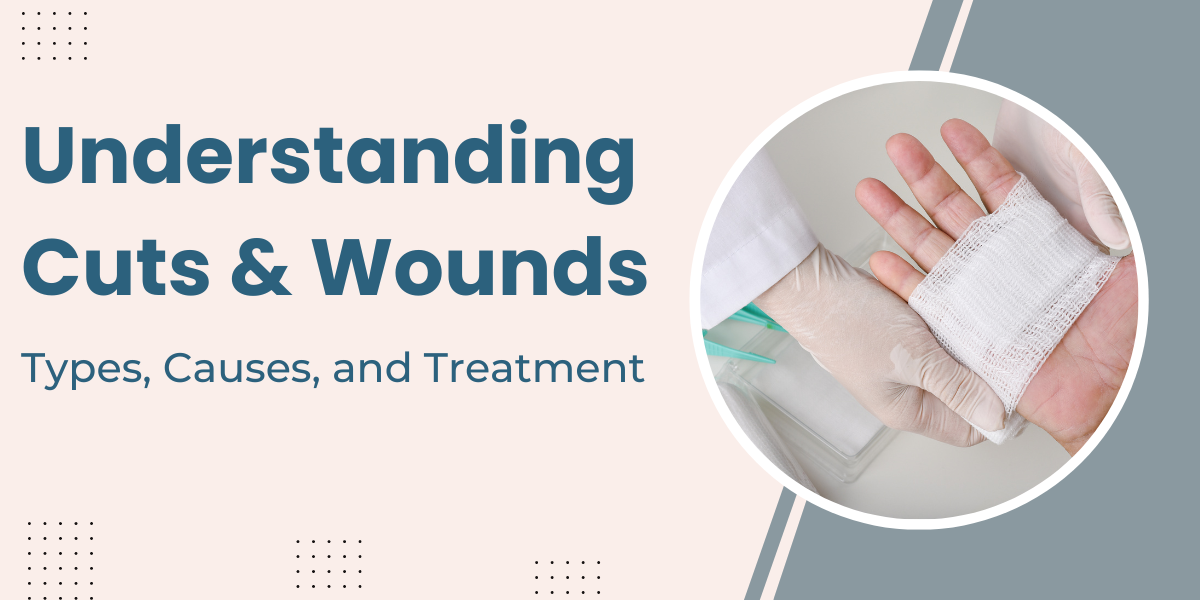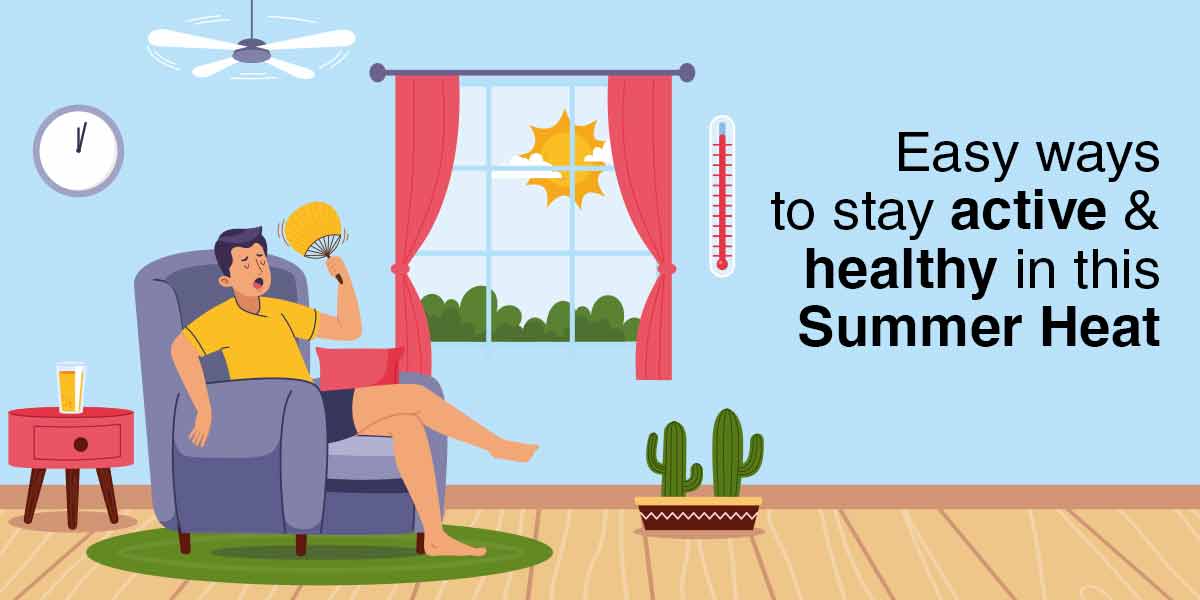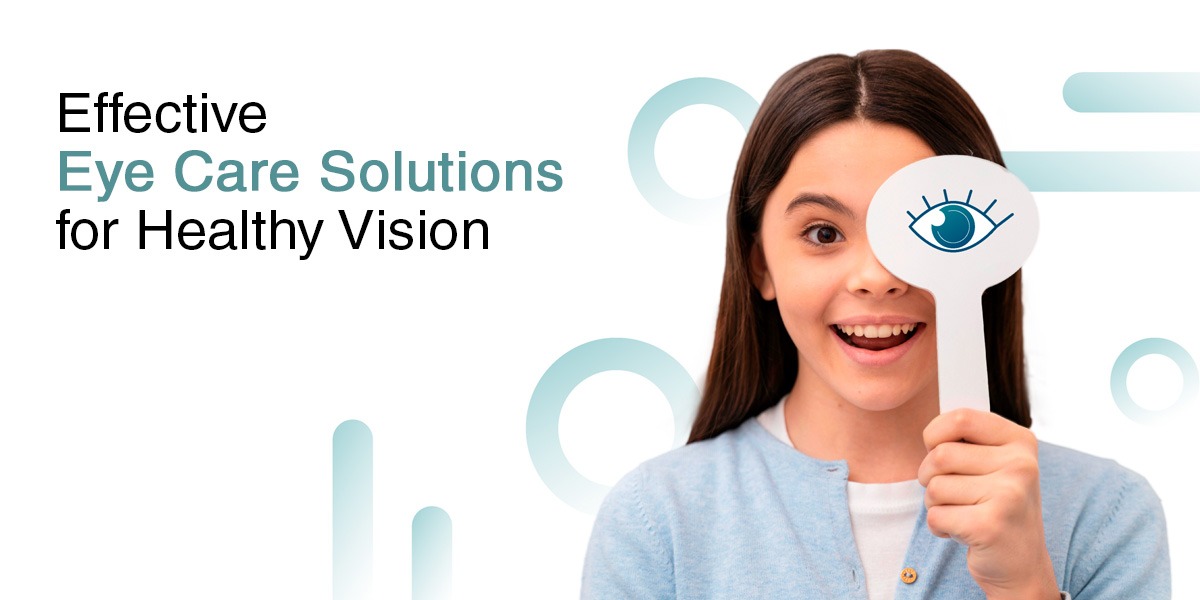Cuts and wounds, seemingly minor, need careful attention to prevent infection and ensure swift healing. These unexpected disruptions to our skin’s protective barrier can range from minor scrapes to more significant injuries. Let’s delve into the essentials of cuts and wounds, covering various types, common causes, treatment approaches, the importance of antiseptics, and the array of over-the-counter remedies available.
Types of Cuts and Wounds:
- Incisions: Clean and straight cuts usually from sharp objects or surgical procedures.
- Lacerations: Jagged tears resulting from accidents or blunt force.
- Abrasions: Superficial scrapes, like “road rash,” where skin is scraped off.
- Puncture Wounds: Deep, narrow injuries caused by pointed objects.
- Avulsions: Tissues are torn away forcefully, creating flap-like wounds.
Causes of Cuts and Wounds:
Cuts and wounds can stem from various situations, often when we least expect them:
- Accidents: Falls, collisions, and mishandling sharp objects lead to cuts.
- Sharp Objects: Knives, glass, scissors, and more can cause cuts.
- Sports Injuries: Abrasions, lacerations, and punctures are common in sports.
- Animal Bites: Can result in lacerations or puncture wounds.
- Burns: Thermal, chemical, or electrical burns can cause wound-like damage.
Treatment and First Aid:
While tending to cuts and wounds might seem straightforward, proper care is crucial:
- Clean Hands: Start by ensuring your hands are clean to prevent infection.
- Stop Bleeding: Use a clean cloth to apply direct pressure and elevate if possible.
- Gentle Cleansing: Use clean water to gently cleanse the wound. Avoid harsh antiseptics.
- Best Antiseptic: Choose a suitable antiseptic solution like Betadine for effective wound cleansing.
- Antibiotic Ointment: Apply a thin layer of antibiotic ointment post-cleaning.
- Secure with Dressing: Safeguard the wound with a sterile bandage or dressing.
- Regular Dressing Change: Regularly replace dressings and maintain cleanliness.
- Stitches: Deeper or gaping wounds may need stitches – consult a professional.
- Tetanus Shot: Deep or dirty wounds might require a tetanus shot.
- Medical Consultation: Seek medical help if the wound is large, won’t stop bleeding, or shows signs of infection.
- Scar Care: Follow wound care practices to minimize scarring. Consider silicone sheets or gels.
Over-the-Counter Options:
Over-the-counter remedies can be valuable aids in wound care:
- Antiseptic Solutions: Betadine, hydrogen peroxide, or saline for wound cleaning.
- Antibiotic Ointments: Neosporin or Polysporin to thwart infection.
- Sterile Dressings: Gauze pads and adhesive bandages protect wounds.
- Adhesive Tapes: Secure dressings in place.
- Hydrogel Dressings: Moist wound healing and scar reduction.
- Scar Reduction Creams: Topical creams like Mederma for minimizing scars.
Conclusion:
While minor cuts can be managed at home, deeper wounds or those displaying signs of infection warrant professional assessment. Understanding the types, causes, and appropriate care for cuts and wounds empowers us to take swift action for a swift recovery. Remember, the best antiseptic choice and a proactive approach in treating cuts and wounds ensures not only physical well-being but also promotes overall health.





